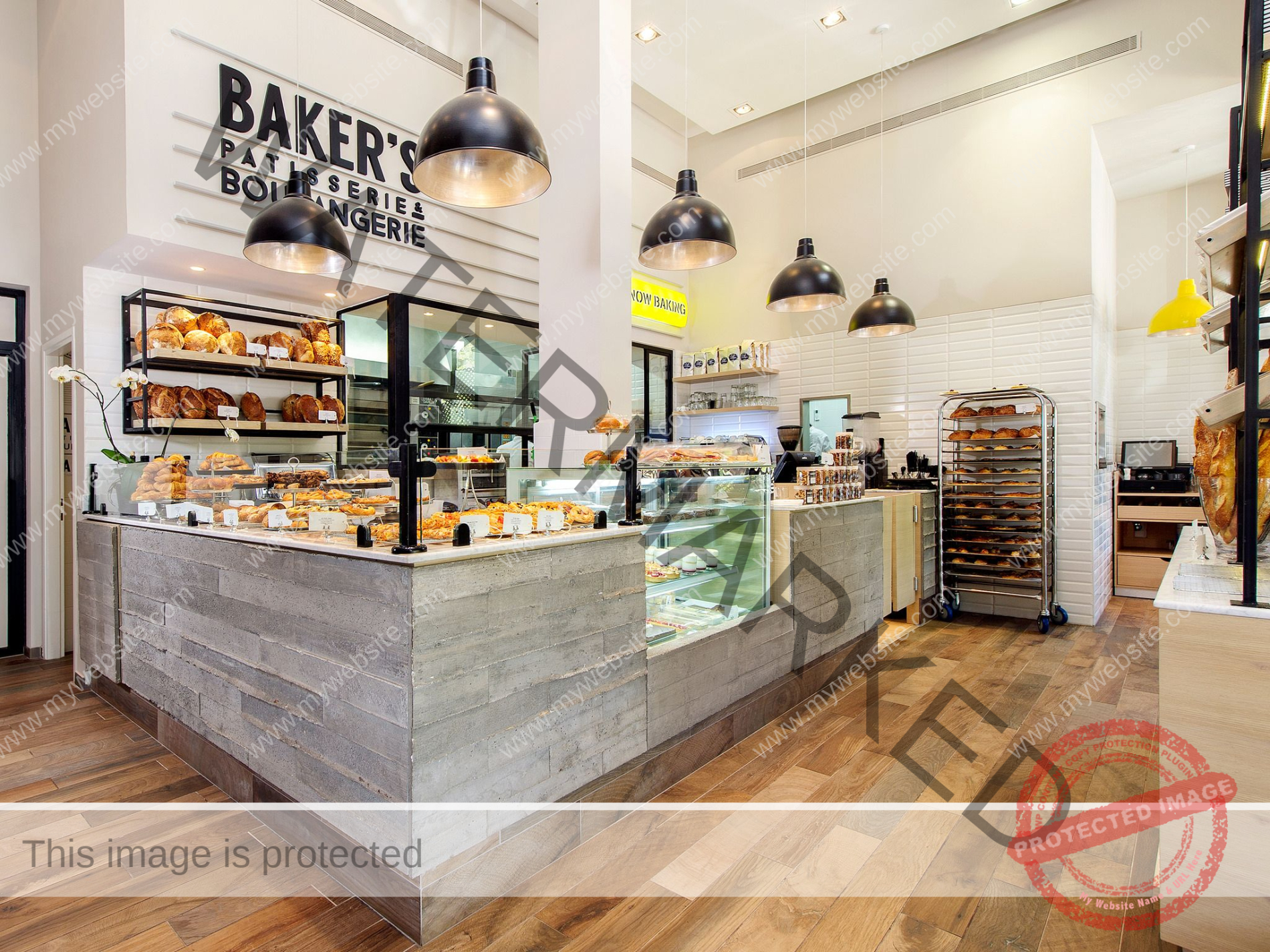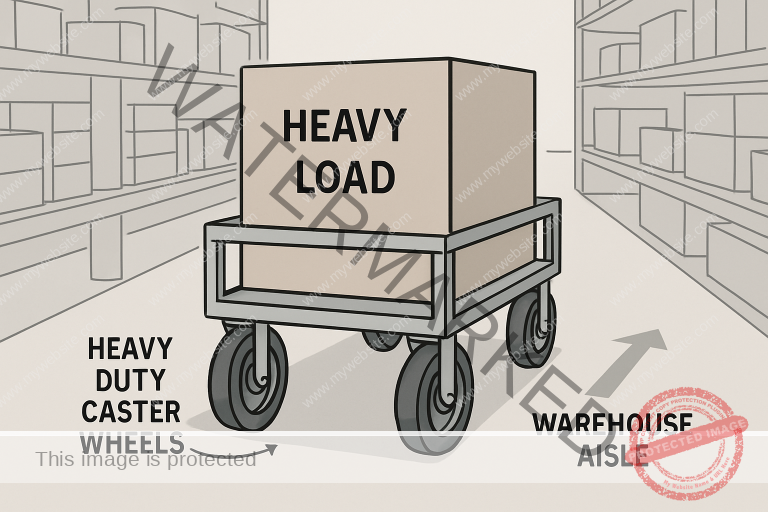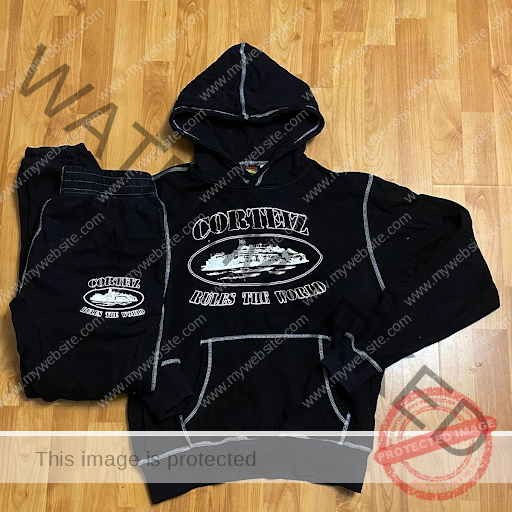You don’t need a large kitchen or staff to start a dessert shop. A single machine, a clever plan, and a definite purpose can accomplish great things. With proper strategy, even a mini shop can make a grand difference, and earn a good steady profit.
Choosing the Right Machine for Your Dessert Concept
Because it’s your whole business, one machine must perform, last, and be suitable for your main dessert. Soft-serve, waffle, churro, or cupcake each have their own series of features and maintenance needs. Consider companies that are well-established as being good and easy to clean. Don’t overlook minute but crucial details such as the Taylor 014496 bearing guide when selecting soft-serve machines. Select one machine that will be appropriate for your product concept and maintains parts availability and maintenance.
Crafting a Focused, Flexible Menu
A small shop needs to have a small, specific menu with variability. Choose one of the desserts, soft-serve, waffles, or cupcakes and develop creative versions using alternate toppings, sauces, or flavourings. Simplicity is low cost and time in preparation, but variety draws clients’ attention. For instance, the soft-serve machine can make cones, sundaes, or dessert cups. Limit it to three or five main menu items, and allow seasonal variations so that it is not dull. Consistency and quality are more attractive to the customer than variety and mess.
Estimating Startup Costs and Managing Your Budget
A one-machine dessert outlet is achievable on a low start-up budget, typically below £10,000. Initial costs are the machine, ingredients, minimum furniture, storage, packaging, and branding. Your rent or licence for premises will depend on your location. Don’t forget to account for legal fees, health and safety registration, insurance, and training. Make it simple but professional in the design. Budget for three months’ running expenses. A tight, honest budget prevents early debt and gives confidence with steady development.
Picking the Right Location for High Footfall
You do not require a big shop, but a good location. Select high footfall and accessible locations, such as local markets, train stations, student populations, or high-street kiosk locations. These are small shops, which are cheaper to rent and to service. Ensure that there is sufficient power supply for your machine and ensure it meets council zoning regulations for food premises. If a fixed shop is not in your cards; experiment with mobile arrangements such as dessert carts or co-op café corners.
Meeting Health, Hygiene, and Licencing Requirements
Big or small, a food business has to meet stringent hygiene requirements. Register your business with your local council at least 28 days before opening. Complete a Level 2 Food Hygiene Certificate, and carry out a food safety risk assessment (HACCP). You’ll also need public liability insurance and may need waste management contracts. It may feel like a lot, but meeting these standards early protects your customers, your shop’s reputation, and your peace of mind. Organising a Compact and Functional Setup
Organising a Compact and Functional Setup
Utilize every inch; use vertical shelves, stack containers, and wall dispensers to minimise clutter. Your single machine must be at the centre of a smart workflow: prep, serve, package, and clean. Select packaging that is green and compact but rugged and attractive-looking. Possess only the equipment you need; excessive equipment lines your station and is slower. A tidy and well-arranged shop communicates trust to clients and makes it so much more convenient to work in a small area.
Promoting Your Shop Locally and Online
Your advertising has to reflect your size, locality, genuineness, and personality.
Develop social media accounts to post images of your desserts, inside details, and specials. Suggest clients tag and rate you. Offline, use word-of-mouth, handbills, and loyalty cards. Attend local events or obtain partnerships in local cafés to obtain cross-promotions. Ensure that it is easy to remember your name, desire your dessert, and bring someone with them. Your story in a small shop is as essential as your product.
Conclusion
A one-machine mini dessert store is a small but powerful business idea. With the proper machine, intelligent menu, and intense neighbourhood marketing, you can create a lucrative, sweet enterprise. Keep your focus on quality, organisation, and your neighbourhood community, and success will trail along behind in every serving.















